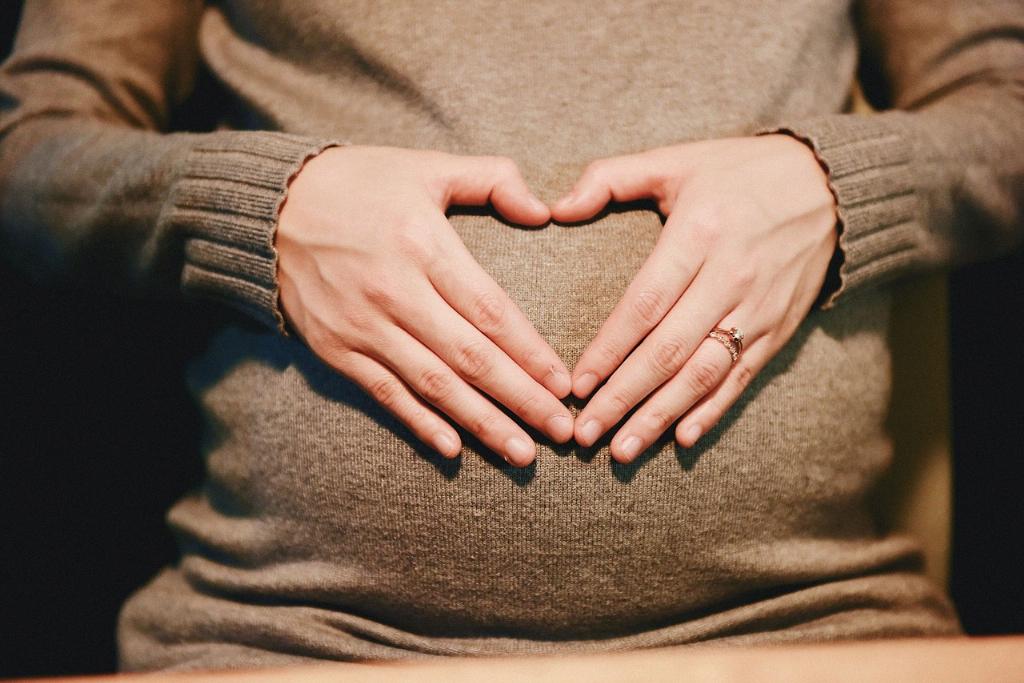When it comes to determining if your cat is pregnant, there are several signs to look out for. One of the earliest signs is a change in their nipples. Around 15-18 days into the pregnancy, the nipples may become pinker and enlarge in size, as they prepare for nursing. This change is often noticeable and can be an initial indicator of pregnancy.
Another way to tell if your cat is pregnant is by observing their behavior. Pregnant cats may exhibit changes in their appetite and eating habits. Some cats may eat more than usual, while others may experience a decrease in appetite. Keep an eye on any noticeable changes in your cat’s eating patterns.
During the early stages of pregnancy, you may notice that your cat is more affectionate than usual. Pregnant cats may seek more attention from their owners, wanting to be petted and cuddled. This sudden increase in affection can be a subtle sign that your cat is expecting.
As the pregnancy progresses, you may observe physical changes in your cat’s body. A pregnant cat’s abdomen will gradually increase in size as the kittens develop. By gently palpating the abdomen, you may be able to feel the growing kittens or notice movement within the belly.
It is essential to pay attention to any changes in your cat’s behavior when it comes to using the litter box. Pregnant cats may show an increased frequency in using the litter box or may exhibit changes in their litter box habits. Keep an eye on any unusual bathroom behavior as it may indicate pregnancy.
One common sign of pregnancy in cats is known as “pinking.” Pinking refers to the pink coloration of the cat’s nipples and vulva due to increased blood flow. This change typically occurs around three weeks into the pregnancy and is a visible sign that the cat is expecting.
Changes in your cat’s weight can also be indicative of pregnancy. While weight gain is a usual occurrence during pregnancy, some cats may experience weight loss due to a decrease in appetite or other factors. Monitoring your cat’s weight can help you track any significant changes.
Behavioral changes such as nesting behavior can also be a sign of pregnancy in cats. A pregnant cat may start seeking out quiet, secluded areas to create a nest for her impending kittens. If you notice your cat displaying nesting behavior, it may be a good indicator of pregnancy.
It is essential to consult with your veterinarian to confirm if your cat is pregnant. Veterinarians can perform a physical examination, ultrasound, or other tests to determine if your cat is expecting. Early detection of pregnancy can help you provide the necessary care for your cat and her kittens.
During the later stages of pregnancy, you may notice your cat displaying maternal behaviors. Pregnant cats may groom themselves more frequently or exhibit signs of nesting in preparation for the birth of their kittens. These maternal instincts can indicate that your cat is near delivery.
As the pregnancy nears its end, you may notice your cat’s belly dropping lower as the kittens move into position for birth. This dropping, also known as “lightening,” can signal that labor is imminent, and your cat will soon give birth to her litter of kittens.
Overall, being attentive to your cat’s physical and behavioral changes can help you determine if she is pregnant. By looking out for signs such as changes in nipples, behavior, weight, and nesting habits, you can provide proper care for your pregnant cat and prepare for the arrival of her kittens.

